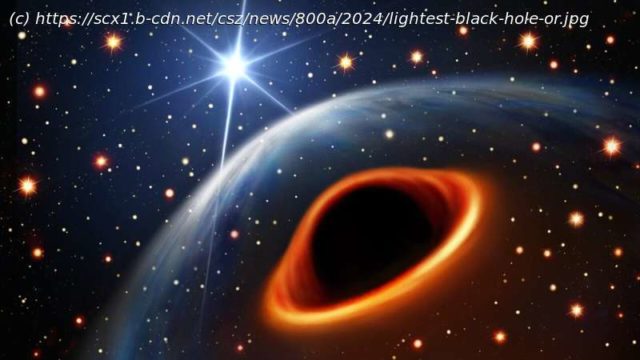An international team of astronomers have found a new and unknown object in the Milky Way that is heavier than the heaviest neutron stars known and yet simultaneously lighter than the lightest black holes known.
An international team of astronomers have found a new and unknown object in the Milky Way that is heavier than the heaviest neutron stars known and yet simultaneously lighter than the lightest black holes known.
Using the MeerKAT Radio Telescope, astronomers from a number of institutions including The University of Manchester and the Max Planck Institute for Radio Astronomy in Germany found an object in orbit around a rapidly spinning millisecond pulsar located around 40,000 light years away in a dense group of stars known as a globular cluster.
Using the clock-like ticks from the millisecond pulsar they showed that the massive object lies in the so-called black hole mass gap.
It could be the first discovery of the much-coveted radio pulsar—black hole binary; a stellar pairing that could allow new tests of Einstein’s general relativity and open doors to the study of black holes.
The results are published in the journal Science.
UK project lead Ben Stappers, Professor of Astrophysics at The University of Manchester, said, “Either possibility for the nature of the companion is exciting. A pulsar–black hole system will be an important target for testing theories of gravity and a heavy neutron star will provide new insights in nuclear physics at very high densities.”
When a neutron star—the ultra-dense remains of a dead star—acquires too much mass, usually by consuming or colliding with another star, it will collapse. What they become after they collapse is the cause of much speculation, but it is believed that they could become black holes—objects so gravitationally attractive that even light cannot escape them.
Home
United States
USA — IT Lightest black hole or heaviest neutron star? MeerKAT uncovers a mysterious object...






